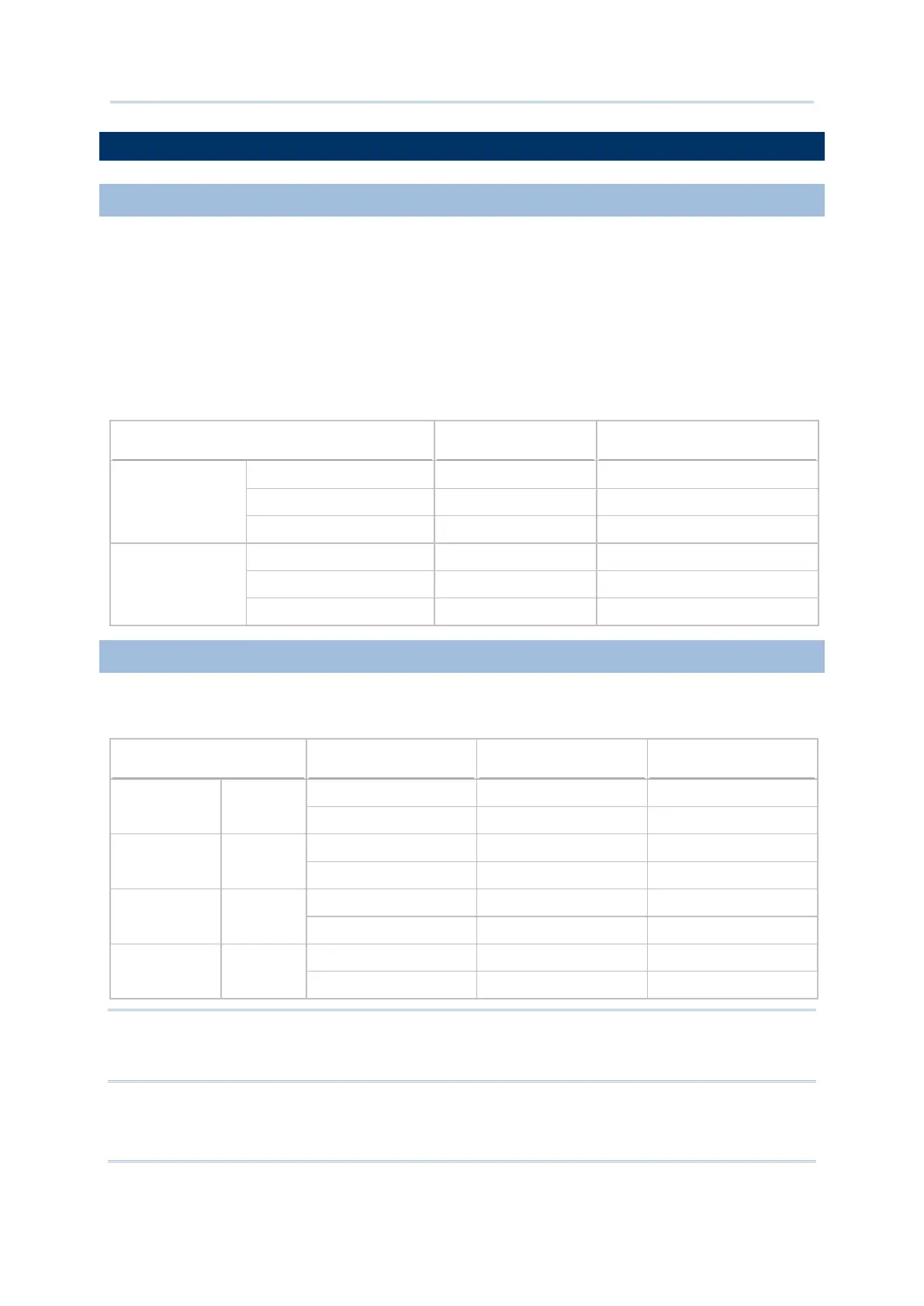140
CipherLab BASIC Programming Part I
4.18 FONTS
4.18.1 FONT SIZE
Basically, the mobile computer allows two font size options for the system font: 6x8 and
8x16. These options are also applicable to other alphanumerical font files (for single byte
languages), such as the multi-language font file and Hebrew/Nordic/Polish/Russian font
files.
The LCD will show 6x8 alphanumeric characters by default.
In addition to the system font, the mobile computer supports a number of font files as
shown below. Available font size options depend on which font file is downloaded to the
mobile computer.
Single-byte System font (default) N/A FONT_6X8, FONT_8X16
Multi-language font file N/A FONT_6X8, FONT_8X16
Others: He, Nd, Po, Ru N/A FONT_6X8, FONT_8X16
Double-byte Tc, Sc, Jp, Kr 16X16 FONT_6X8, FONT_8X16
Tc12, Sc12, Jp12, Kr12 12X12 FONT_6X12, FONT_12X12
Tc20, Sc20, Jp20, Kr20 20X20 FONT_10X20
4.18.2 DISPLAY CAPABILITY
Varying by the screen size and the font size of alphanumeric characters, the display
capability can be viewed by lines and characters (per line) as follows.
8000 100 x 64
Font Size 6x8 dots 16 (char) * 8 (lines) Last column (4x64)
Font Size 8x16 dots 12 (char) * 4 (lines) Last column (4x64)
8300 128 x 64 Font Size 6x8 dots 20 (char) * 8 (lines) Last column (8x64)
Font Size 8x16 dots 15 (char) * 4 (lines) Last column (8x64)
8200, 8400 160 x 160
Font Size 6x8 dots 26 (char) * 18 (lines) Last row (160x16)
Font Size 8x16 dots 20 (char) * 9 (lines) Last row (160x16)
8500, 8700 160 x 160
Font Size 6x8 dots 26 (char) * 19 (lines) Last row (160x8)
Font Size 8x16 dots 20 (char) * 9 (lines) Last row (160x16)
Note: For 8200/8400/8500/8700 Series, it can display up to 20 (or 10) lines when the
icon area is not available for displaying the battery icon, etc. (=
ICON_ZONE_PRINT enabled)
